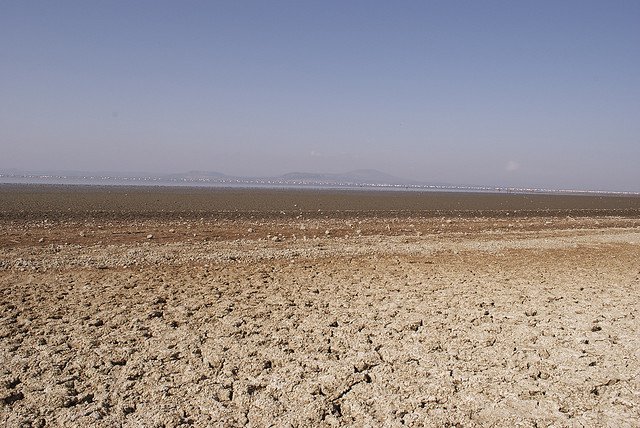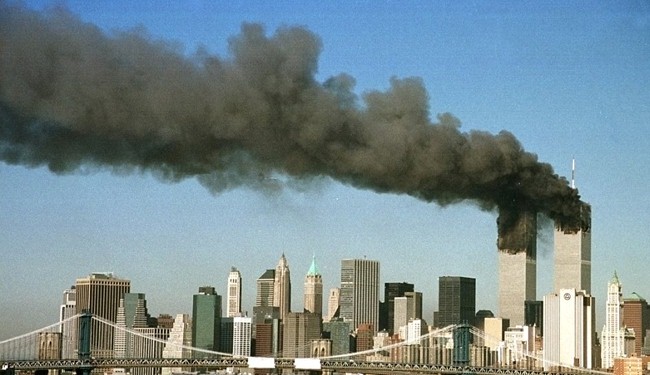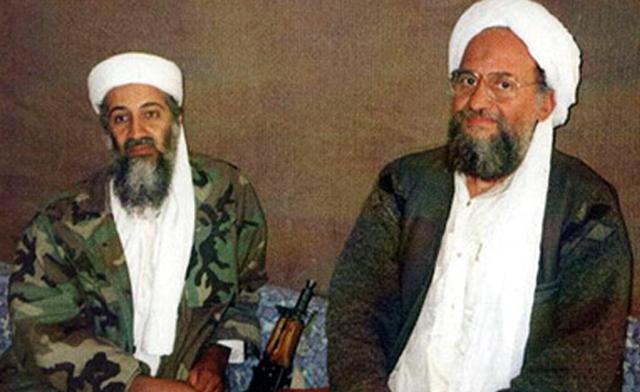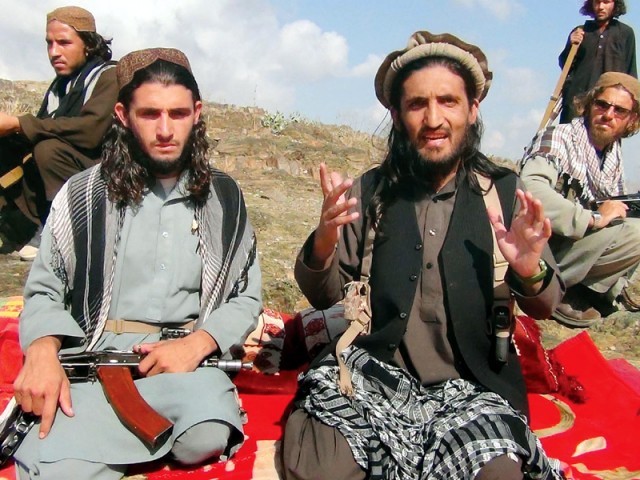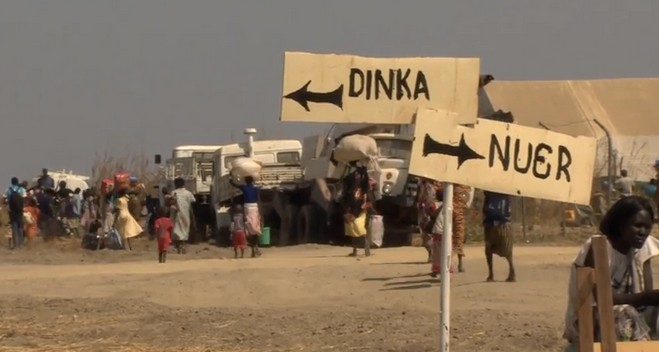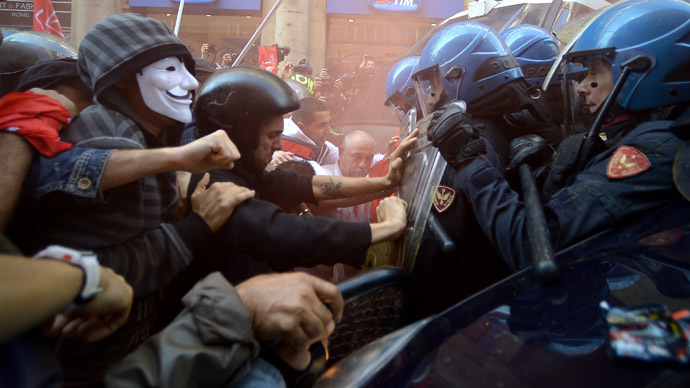A former FIFA lead investigator, Terry Steans, who spent two years investigating FIFA for match fixing, has warned that football is “incredibly vulnerable” to the practice. The Football Association confirmed for the first time last weekend that it had a list of known and suspected match-fixers.
“Football is incredibly vulnerable,” said Terry Steans, who worked on over 30 investigations as FIFA’s Global Investigation Coordinator between 2010 and 2012. “People talk about the millions FIFA makes. They turned over £4bn in the last World Cup, but in the Asian gambling market that equates to a Thursday.”
FIFA made a reported $4 billion in television rights, sponsorship deals and ticket sales during the 2014 World Cup in Brazil.
“That’s just one day of revenue. The money available is phenomenal, especially out of organised crime and the proceeds of organised crime.”
“Billions of dollars are bet on football every week,” noted Steans. “Most transacted electronically or in cash, making it a huge target.”
Steans referred to the conviction of a gang caught fixing British football earlier this year, in which Steans played a central role.
Steans infiltrated the Singapore-based gang and brought them to the UK. The gang was covertly recorded offering match fixing services.
Two fixers and one non-league footballer were convicted. Chan Sankarran and Krishna Ganeshan, both Singaporeans, were jailed on charges of conspiracy to commit bribery, and Michael Boateng, a player for Whitehawk FC of the Conference South, was also charged. The two Singaporeans received five year jail terms, and Boateng received 16 months.
“We’ve put two people in prison, but two more will move into their place, so it’s forever ongoing,” said Steans.
Steans has in the past commented on how easy it is for organized gangs to fix football matches.
“I’ve investigated cases where fixing syndicates have provided referees for World Cup warm-up matches. The football association’s referees committee usually appoints officials, but in this case, it fell to a sports management company. This gave them control of the game and they could dictate the result they wanted.
“I have also seen several cases where sports management companies are used as a front to offer international mini-tournaments.
“All expenses are paid, a match appearance fee is given to the association. This is the model we used for our investigation, and as you can see, can be very successful.”
Last weekend the Football Association (FA) confirmed for the first time that it had a list of known and suspected footballers and associates, who FA keeps under observation in efforts to counter match fixing.
“The fixers can go anywhere, they can attack in any jurisdiction. They’re fearless and the UK is no different to anywhere else in the world,” said Steans.
“It takes place all over the world from Central to South America, in South-East Asia and into Eastern Europe, so it’s not strange that sitting just across the water we’re not immune to it.”
By Sid Douglas

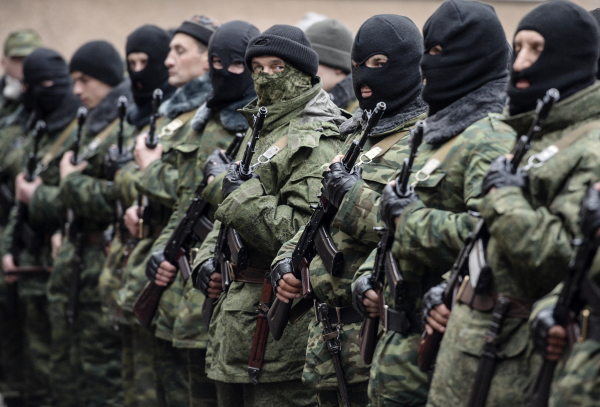
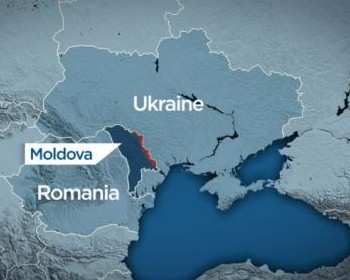
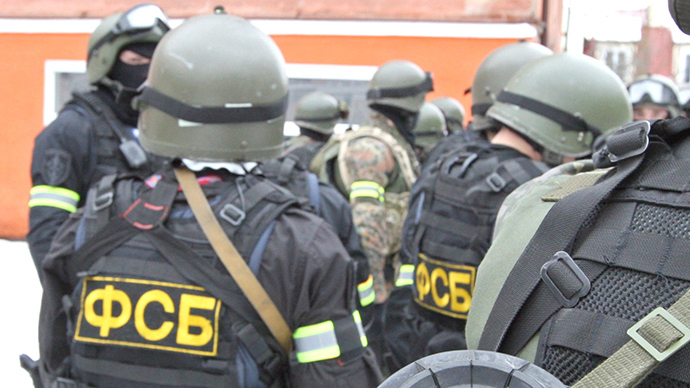
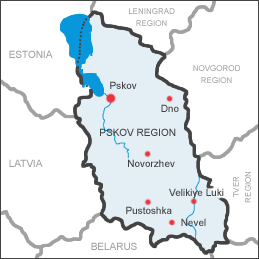
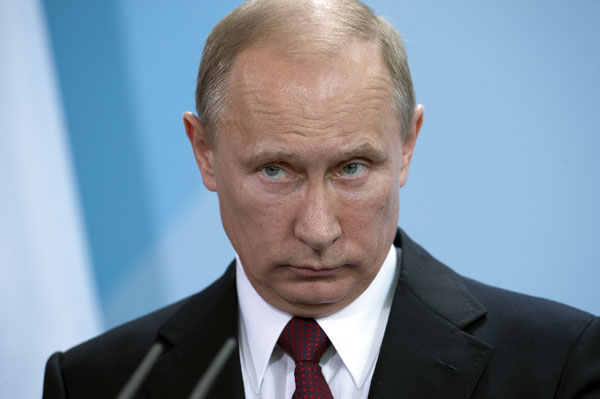
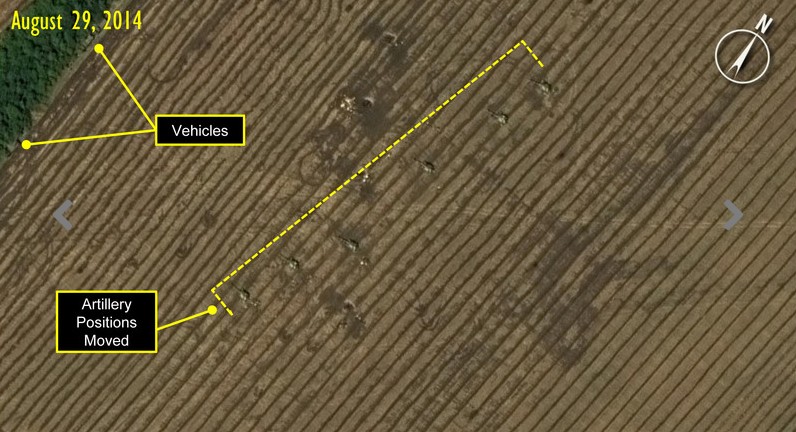
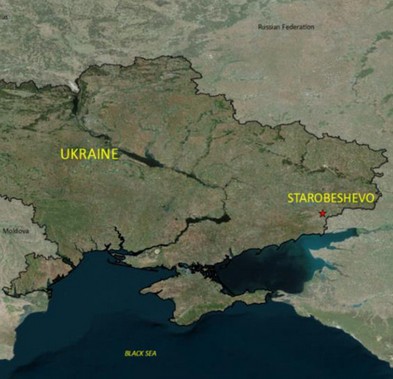
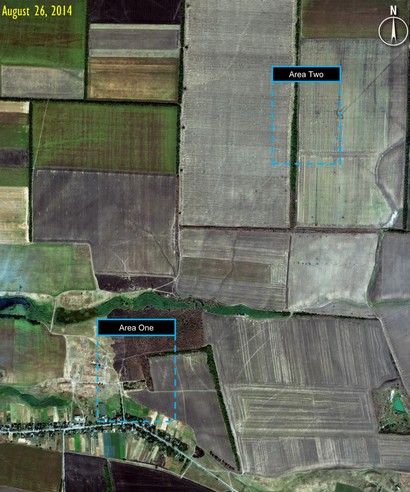
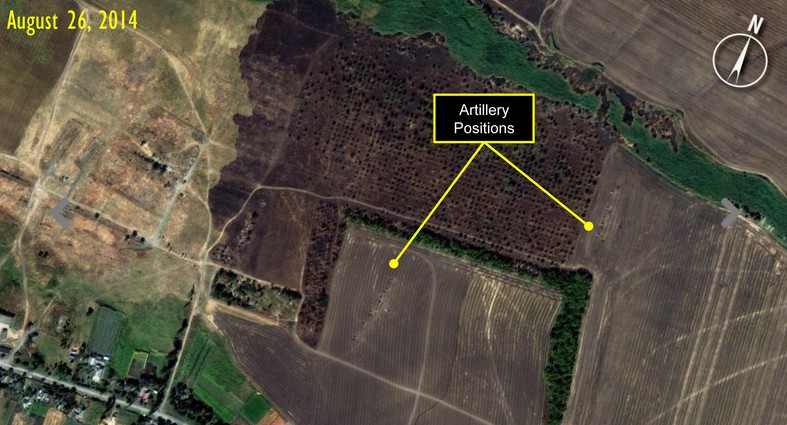
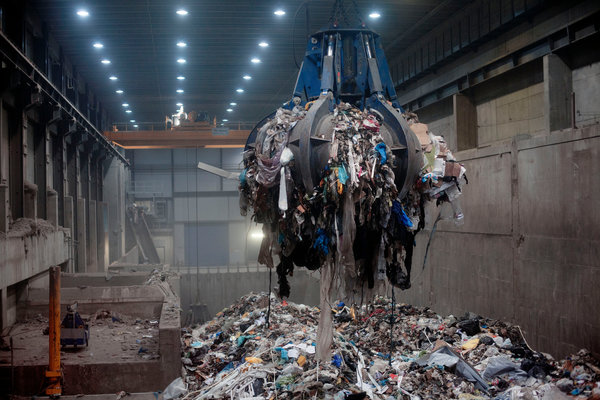
 Waste today is a commodity in a different way than it has been. It’s not only waste, it’s a business,” stated Swedish Waste Management communications director Anna-Carin Gripwell.
Waste today is a commodity in a different way than it has been. It’s not only waste, it’s a business,” stated Swedish Waste Management communications director Anna-Carin Gripwell.